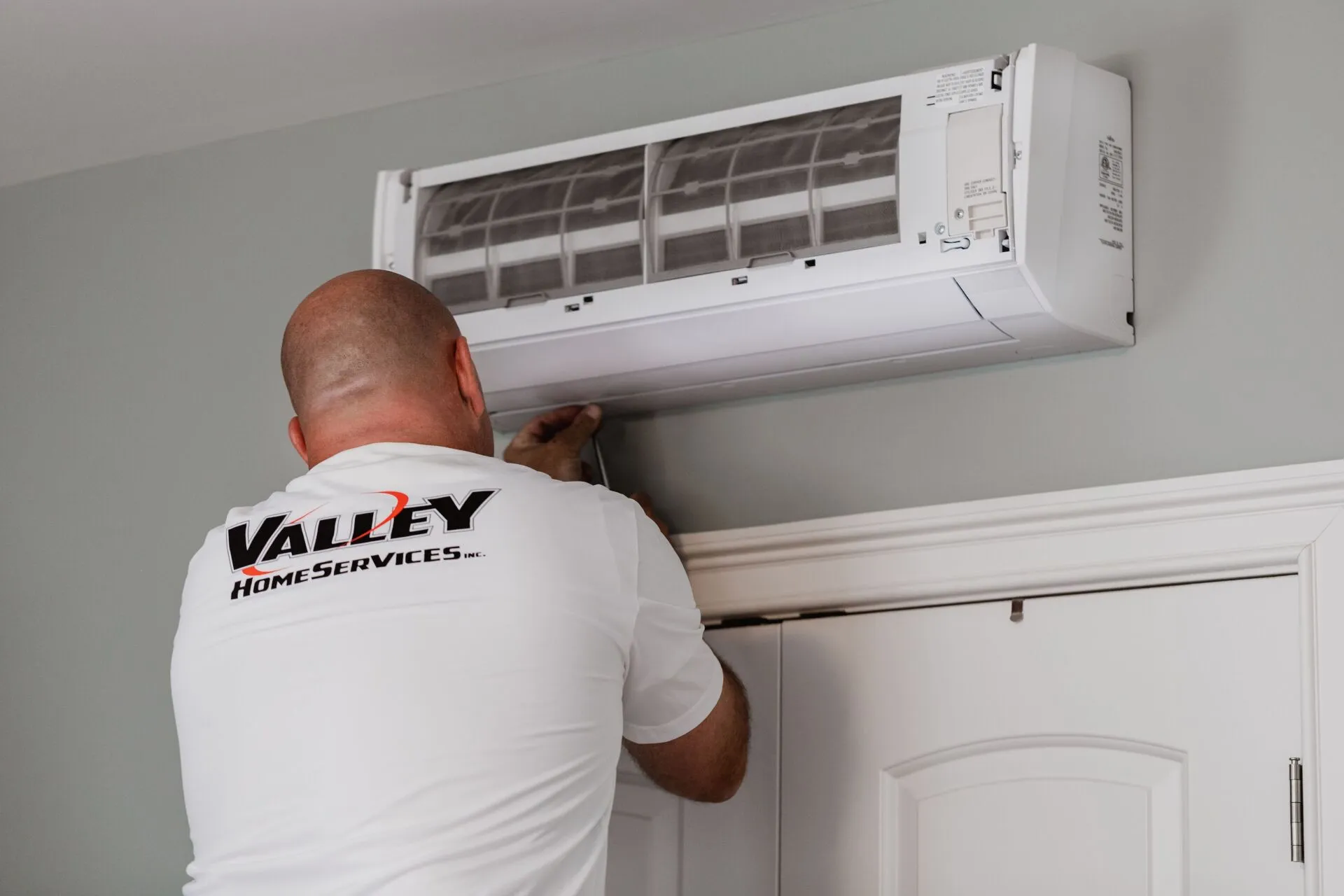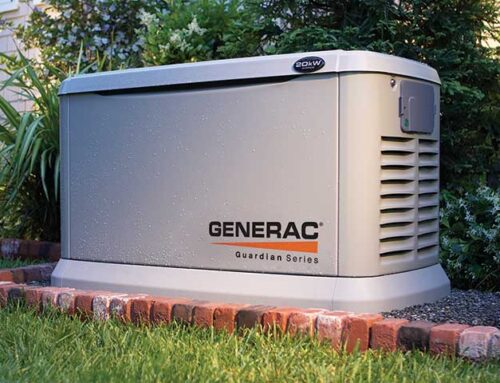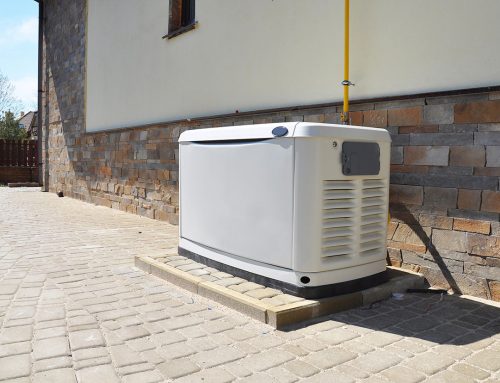
While shopping for a new HVAC unit for your home, you might hear the terms “mini splits”, “ducted mini-split” and “ductless mini-split.” If you’re not an HVAC specialist, you probably are not familiar with what the differences are between them. We’re here to demystify mini-split heating and cooling units so you can make an informed decision when you’re looking to heat and cool your home.
A mini-split system has one or more indoor air handlers installed in different rooms. One outdoor unit is connected to the air handlers and transfers heat energy through refrigerant lines. Then, depending on setting you choose for the season, the indoor units convert this heat energy into cool air for summer or warm air for winter.
Why Are Mini-Splits a Good Option?
Mini-splits are easy to install, even in homes without existing ductwork. They work well for heating and cooling individual rooms or small areas, rather than trying to control the temperature of your whole house.
This is great if different rooms in your home have different temperature needs. For example, if your kitchen is always hot but your bedroom is always cold, a mini-split can heat or cool each room separately.
Ductless vs. Ducted Mini-Splits
There are two main types of mini-splits:
- Ductless Mini-Split Heat pumps
What is a ductless mini-split? In a ductless mini-split, the inside and outside parts are connected through a small hole in the wall. These are very energy-efficient since there are no ducts that can leak air. - Ducted Mini-Split Heat pumps
What is a ducted mini-split? A ducted mini-split uses a vent system to deliver air to specific rooms through short ducts. While the inside components are hidden, installing the ducts can make the installation more expensive and time-consuming.
Why Are Mini-Splits More Energy-Efficient?
Mini-splits are more energy-efficient than traditional central air systems for a few reasons:
- No ductwork means no air leaks, so all the heated or cooled air goes where it’s supposed to.
- Mini-splits use a heat pump to transfer heat, rather than burning fuel to generate heat. This uses much less energy.
- Mini-splits can target the temperature of individual rooms, so you’re not wasting energy heating or cooling empty spaces.
Getting a Mini-Split Installed in Maine
If you’re interested in a mini-split system for your home in Maine, it’s best to work with an experienced heating and cooling company. Valley Home Services is a local business that specializes in heat pump installation as well as Generac generators. Our team can help you find the right system for your home.







